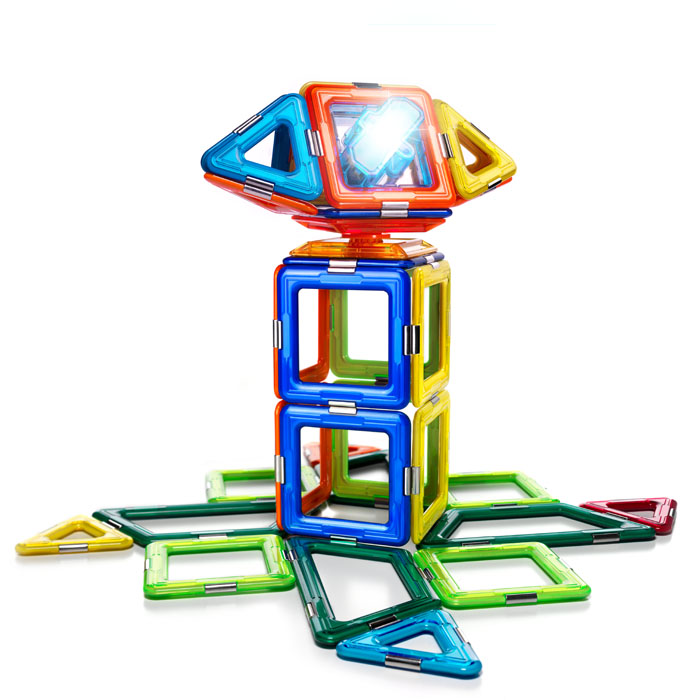
I did not receive any funding the first year I was in the MFA program. By then I was a new mother, and to be on student’s visa meant that once again I could only work for 20 hours a week. In 2000, I gave up my science training, found a job in a laboratory, wrote, and then, between 20, I enrolled in two MFA programs at Iowa. Wealth was abundant around me: there were all the books in the library there were all the vocabularies I wanted to learn there was a retired local journalist who tutored me Latin and French for a nominal fee-I think she loved the idea of someone wanting to learn a new language, and she herself spoke fourteen. The dream was the most luxurious thing that happened to me by then. I was already smitten by the most unrealistic idea of taking up English and becoming a writer. In the following years we kept upgrading our bread, to 49c, 89c until $1.49 when I got my first job working in a hospital lab in 2002. The next year, my husband joined me, and our bread was upgraded to the 19c a bag. These breads came at $1.49 or $2.49 a bag, and even past their prime they tasted very good, and put my 9c bread to shame.
#A day in space ball boy free
A friend of mine had a friend working at local Hy-Vee, and sometimes she would give me a free bag of very good bread that was past the expiration date.

That first year I bought the cheapest white bread, at 9c a bag, which would last a week. The Cub Foods of Iowa City was where I did most of my grocery shopping. A non-residential alien on an F-1 student visa is not allowed to work for more than 20 hours a week. The first week after I settled down, I found a job flipping burgers at the Student Union, but a week later, I was told that I was not allowed at the job, as my stipend counted as 20 hours of graduate work in the lab. I earned a stipend of $15,600 as a graduate student in the immunology program in the University of Iowa. My rent that first year in Iowa City, for a studio apartment of 200 square feet, was $275. I retired this wallet two months ago, after twenty-seven years. I also had five one-hundred-dollar bills in my wallet, which was a brand-new leather one. In August, 1996, I arrived in America with two suitcases, which included everything I thought I would need for my new life-clothes for warm and cold seasons, two scarfs, a pair of gloves, a pair of sneakers, a pair of sandals, two packages of sanitary napkins, and a folding knife my sister had bought the last moment and slipped into my suitcase. A character’s loneliness and isolation can be touching, but loneliness and isolation, like ball gowns or gourmet sandwiches, are part of an economic activity, and so come with a price. Where does bread come? And toilet paper? The great Tolstoy in War and Peace did not neglect to describe the outhouses near the front. But I like to point out that a character does not live on air and dew. One of the questions I often ask my students, while reading their work, is: what is a character’s livelihood? Such money-mindedness may be considered too prosaic by some of my students, or too realistic, or not of the top literary quality.


 0 kommentar(er)
0 kommentar(er)
